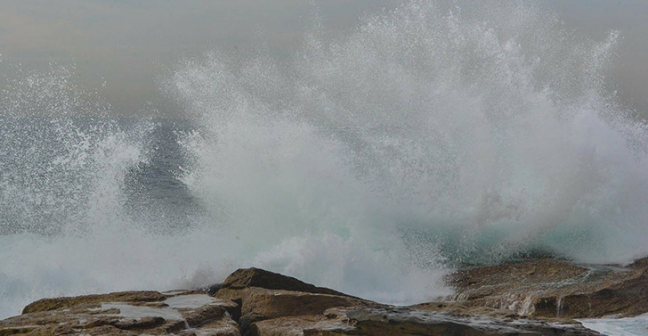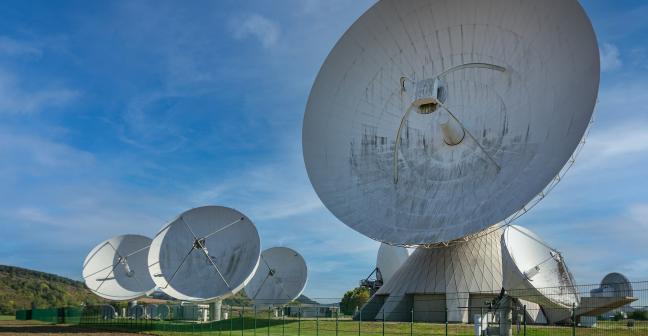Radon is a naturally occurring radioactive gas which can't be seen, smelt or tasted. Radon is present all over the UK, but there can be higher levels found in certain areas. It is an important issue for professionals working in land condition, as buildings in higher risk areas can accumulate...
Members' Area Closed
From 10th November to 18th November, the Members' Area of the website will be offline as we move to a new website and upgraded Members' Portal. This means that you will not be able to update your details, complete forms or record your CPD for this week. We apologise for any inconvenience this may cause.
Webinars content
There is increasing recognition of the need for greater action to restore the marine environment in the face of a continued decline in marine biodiversity. Net gain offers a valuable approach that can contribute to halting and reversing biodiversity loss.
In this webinar, Vicky West...
The time has come to fully recognize the presence of airborne contaminants in the indoor environment, including but not limited to the virus SARS-CoV-2 which results in the disease COVID-19. Concern now revolves around recent guidance suggesting that we have not seen evidence of SARS-CoV-2...
In this webinar, Simon Chapple and Tommy Lawson described the £10 million government capital funded IoT sensor network the University of Edinburgh is building across the whole 7,700 km2 geography of South East Scotland as part of the University’s City Region Deal Data Driven Innovation programme...
In this webinar, Bud Pope, CEO of BlueSky Resources, outlined trends in the emerging greenhouse gas and air quality sensor and data market, along with the challenges and opportunities facing industry and their stakeholders. Examples of multi-sensor deployments, data from satellite to ground,...
Many of the developments in digital EIA have focused on creating digital versions of assessments, such as environmental statements and non-technical summaries. While this has helped to improve engagement and communication of the assessment outputs, it hasn’t necessarily made the assessment...






